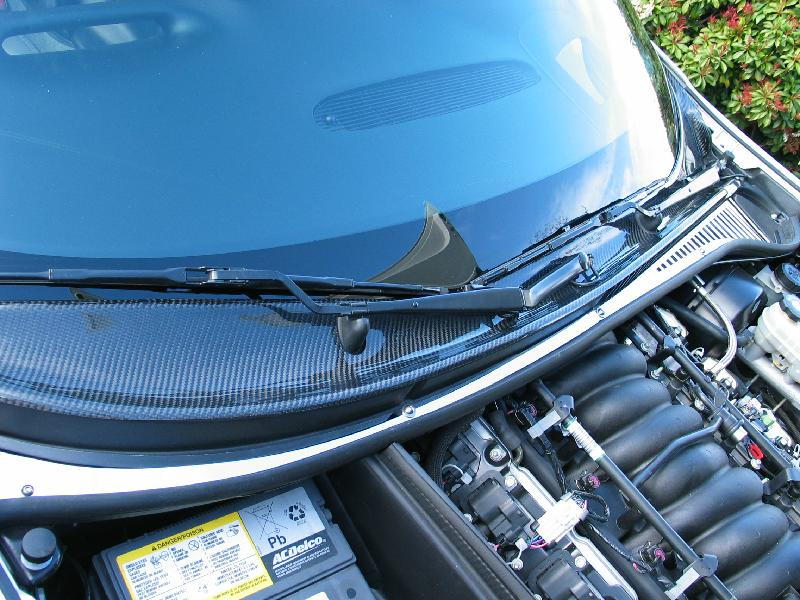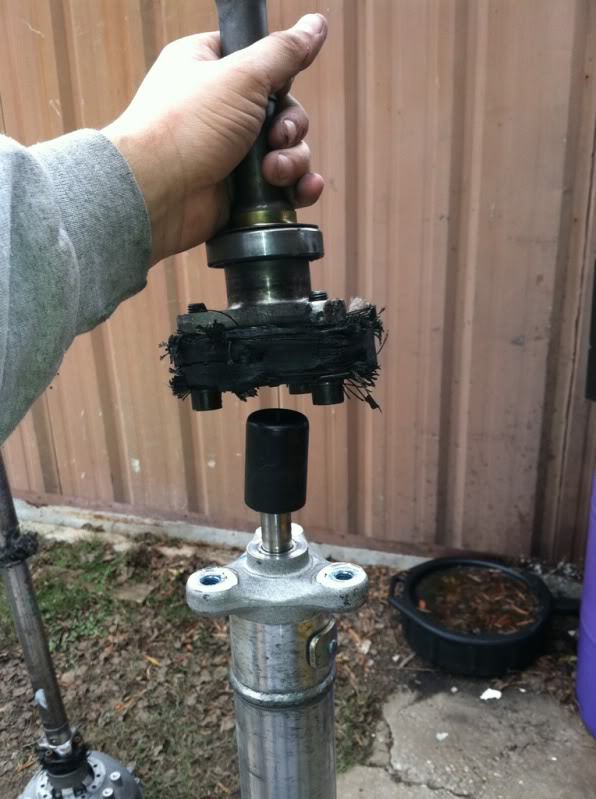Corvette: Why is My Corvette Vibrating?
Figure out if the vibration in your Corvette is normal wear and tear or something more sinister.
This article applies to the C5, C6, and C7 Corvette (1997-current).
Vibration through the steering wheel or the seat is a solid sign that there are components beginning to wear out. Figuring out what's causing that vibration is the real challenge. It's a good idea to start with the basic, tire-related culprits such as tire wear, pressure and balance. That said, there are a few issues unique to the Corvette that require special care and attention.
Step 1 – Check your tires
Your tires may be deflated if both edges are worn. Single-sided wear may indicate poor alignment, while uneven wear (with bald spots or scallops) often signifies wheel imbalance or poor alignment. Tires with a saw-toothed wear pattern might be victims of poor alignment. Any unusual noises, which include whining, squealing or thumping, can also indicate poor alignment or deflation. Carefully inspect tires for signs of wear and tear.

Step 2 – Inspect the brakes and related parts
The brakes might be worn out. Brake rotors that are subject to frequent hot-and-heavy braking will form grooves and textures on the surface. These grooves will create a vibration in the brake pedal during heavy braking. Contrary to popular belief, the rotors themselves are not warped; their surfaces, however, are not flat. It's best to completely overhaul the brakes to make sure that all components are functioning as they should.
- Remove the wheel (an optional step that may provide better visibility).
- Inspect the brake disc for signs of dullness or uneven wear.
- Inspect the brake pads. They should be around 1/8 thick.
- Look at the brake lines. It's a good idea to replace them if they are rigid or cracked.

Step 3 – Look for loose cowling
Windshield cowling can become loose over time, causing excessive wind noise at highway speeds. If the car is no longer under warranty, a bit of painter's tape or glue is usually sufficient.

Step 4 – Check the serpentine belt system
A faulty harmonic damper is a relatively common problem in the C6, particularly in older models. The main symptom is a squealing, chirping and/or wobbling serpentine belt. Many owners report a particularly noticeable vibration at higher RPMs.
Inspect the serpentine belt and related components for unusual noises or wobbling.
Featured Video: C6 Corvette Harmonic Balancer Gone Bad
Pro Tip
Chirping from the engine bay is a common sign of a worn out pulley. If you have this noise, use a mechanic's stethoscope to identify which pulley is doing its best bird impression.
Step 5 – Torque tube vibration
The torque tube is what transmits power from the engine to the transmission, which is similar to a driveshaft. The couplers and bearings on the torque tube absorb some wear and tear over time, but typically it goes unnoticed. When they get bad enough (or when a Corvette owner decides he needs more power), the car will vibrate throughout the rev range. As the couplers disintegrate, the vibration will get worse until the car is undrivable.

Related Discussions and Sites
- How to Inspect Your Brake Discs and Pads - SelfServeGarage.com
- Checking Your Tires for Wear - Dummies.com
- Humming/Vibration in Dash - CorvetteForum.com
- Harmonic Balancer Wobble - CorvetteActionCenter.com
- Bad Pilot Bearing or Torque Tube Failure - CorvetteForum.com






